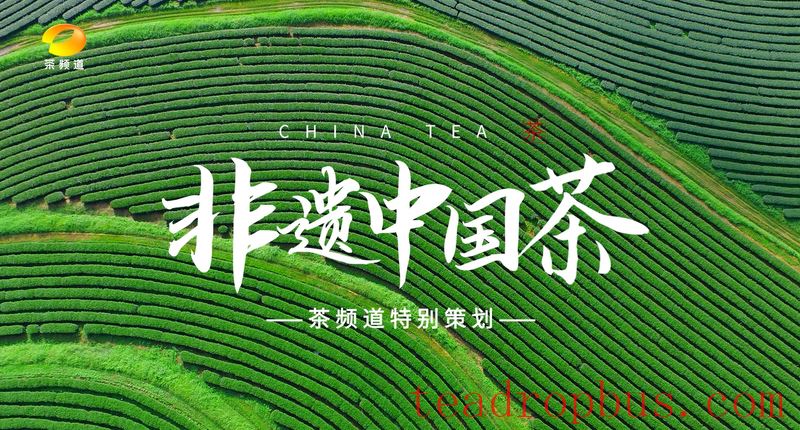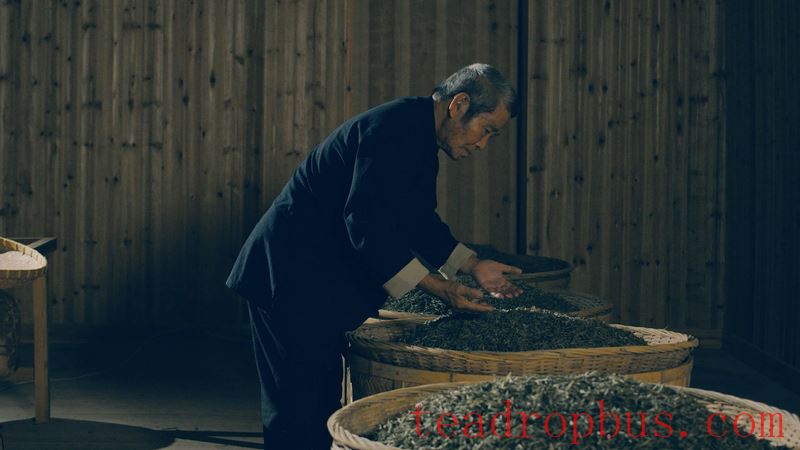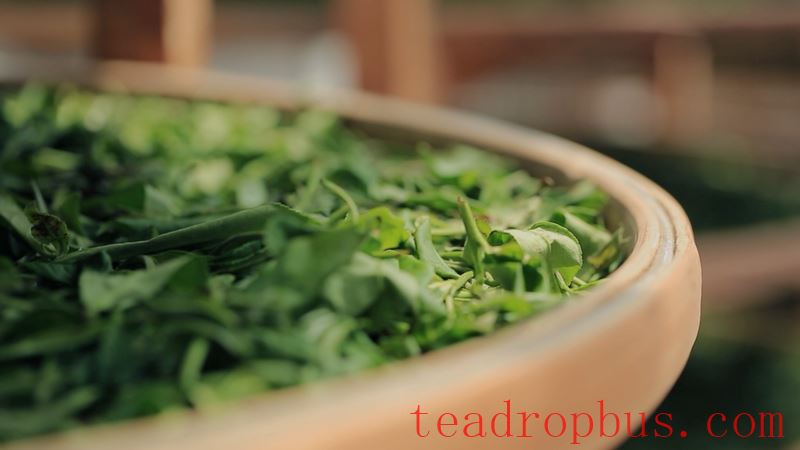
On November 29, China's application for “Traditional Chinese Tea Processing Techniques and Associated Customs” was reviewed and approved at the 17th session of the Intergovernmental Committee for the Safeguarding of Intangible Cultural Heritage held in Rabat, Morocco. It has been included in the UNESCO Representative List of the Intangible Cultural Heritage of Humanity. Currently, China has a total of 43 projects listed in UNESCO's intangible cultural heritage lists and registers, ranking first in the world.
“Traditional Chinese Tea Processing Techniques and Associated Customs” encompasses 44 national-level representative projects of intangible cultural heritage. Today, we introduce the White Tea production technique (Fuding White Tea production technique) among these.

White Tea Production Technique
Fuding White Tea Production Technique
Fuding White Tea has a long history, being one of the six major types of Chinese teas. Its production method follows ancient practices, involving natural withering without frying or kneading, and sufficient drying over gentle heat. This process makes full use of temperature and sunlight to maximize the retention of the tea's natural nutritional value.
Fuding City is located in the northeast of Fujian Province, near the border with Zhejiang. Its unique altitude, terrain, soil, and climate provide ideal natural conditions for white tea production.
Fuding's Taimushan is the birthplace of white tea, with a long history. According to Tang Dynasty's Lu Yu in his “Classic of Tea,” “Three hundred miles east of Yongjia County lies White Tea Mountain.” Experts believe this refers to Taimushan in Fuding. In the Ming Dynasty, Tian Yiheng's “The Art of Boiling Spring Water” states that “Tea made by fire is secondary; sun-dried tea is superior, being closer to nature. … When sun-dried tea is steeped in a cup, the flags and spears (referring to the leaves) adhere to the standards of fresh leaf picking and tea processing, which are considered the prototype of white tea production techniques.

The modern white tea production technique flourished in Fuding during the Qing Dynasty. Zhou Lianggong recorded in his “Notes on Fujian” that “In ancient times, Taimushan had Green Snow Bud, now known as White Hair, which is remarkable for its color and fragrance, with the best coming from Hongxue Cave.” This indicates that the history of Fuding White Tea dates back quite far. Records show that in 1857, Chen Huan and Zhang Xiaqin of Baidian, Fuding transplanted tea plants for propagation. During the first year of the Guangxu era of the Qing Dynasty (1875), Zhou Kaichen further transplanted and spread them to Huanggang, marking the beginning of the history of white tea production in Fuding.

Fuding White Tea is named for its plump buds covered with white down, resembling silver or snow. The production process does not involve frying or kneading but gentle heat drying, preserving rich active enzymes and polyphenols through moderate natural oxidation.
The primary principles and processes for initial processing mainly consist of withering and drying.
■ Initial processing process for white tea: Fresh leaves – Withering – Piling – Drying – Sorting.
■ Refined processing process: Raw tea – Sorting (hand-picking) – Sorted tea – Blending – Baking – Packing.
Due to the influence of temperature, the production technique of white tea is divided into normal climate initial processing and abnormal climate initial processing. The main products of Fuding White Tea include Silver Needle, White Peony, Tribute Eyebrow (also known as Longevity Eyebrow), and newly developed processed white teas.
